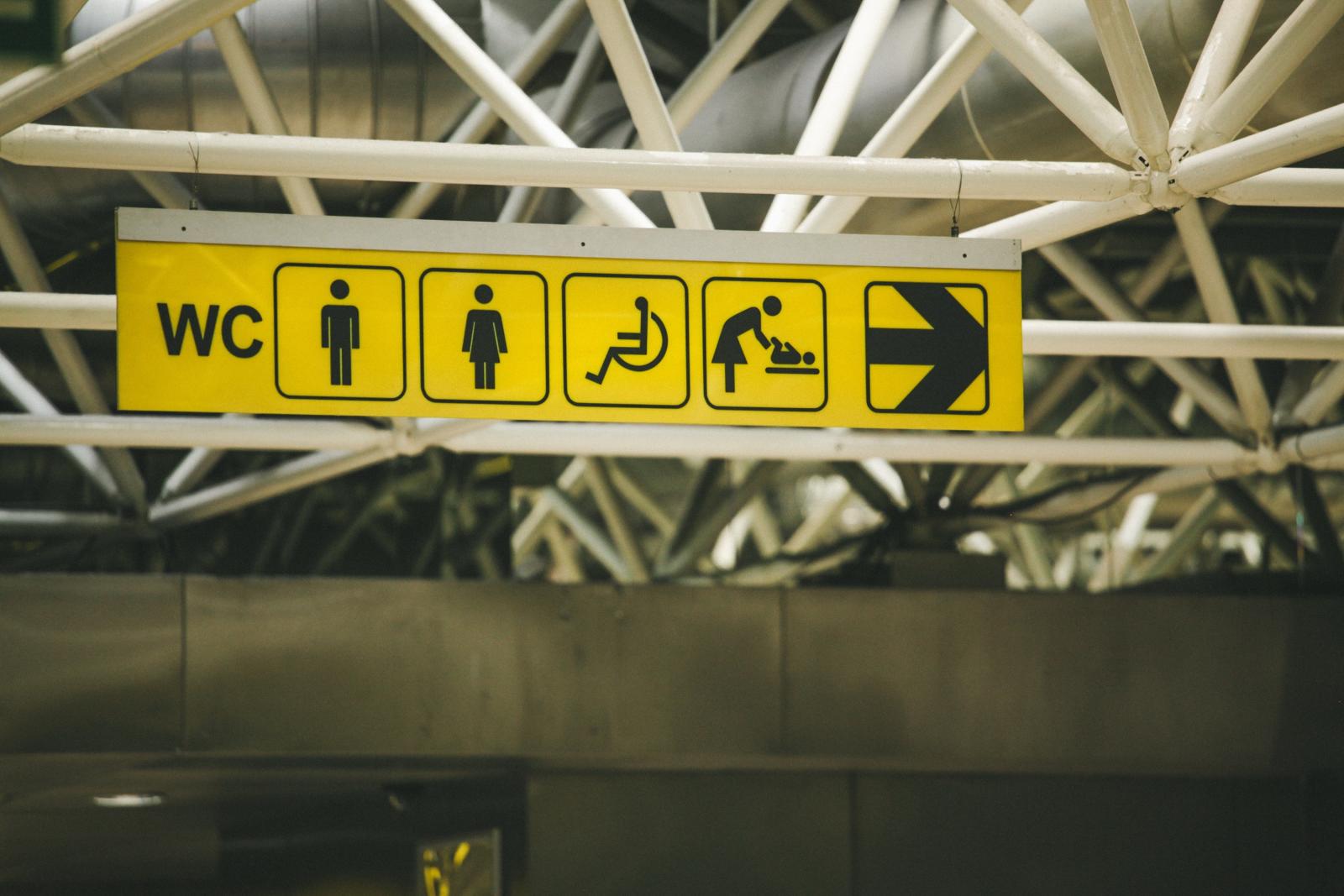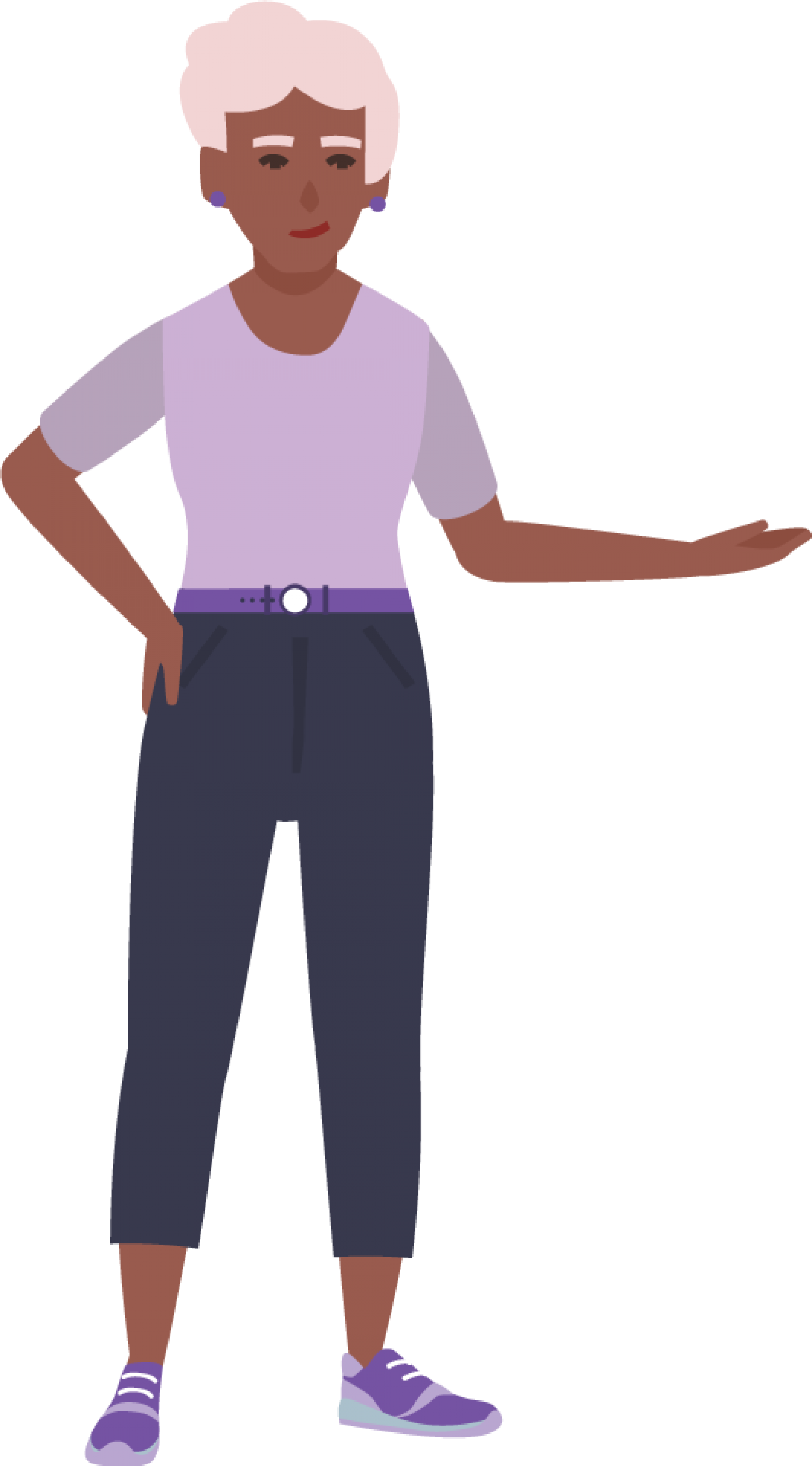Continence
What is incontinence?
Incontinence is accidental or involuntary loss of urine from the bladder or faeces from the bowel. Some people will just have a small leak and others will have complete loss of bladder or bowel control. Urinary incontinence is a risk factor for falls. There are different types of urinary incontinence, some of the most common are described below:
- Stress incontinence: leaking of urine when there is an increase in pressure in the abdomen e.g. coughing, sneezing and laughing
- Urge incontinence: sudden and strong need to urinate, the bladder may feel fuller than it actually is and the bladder contracts too early e.g. overactive bladder
- Mixed incontinence: when you have a mix of stress and urge incontinence
In many cases urinary incontinence can be treated, better managed and in some cases cured.

Did you know?
An assessment by a continence advisor or continence physiotherapist can help properly assess and manage your continence condition. They can assess and provide treatment tailored to your specific problems e.g. pelvic floor exercise program or bladder training.
Why is incontinence a fall risk factor?
Problems with bowel and bladder control can impact an older person’s ability to stay active, healthy and independent. Bowel and bladder problems can mean that you need to rush to get to the toilet in time and that you need to use the toilet frequently overnight. These factors can mean that people with incontinence are at an increased risk of falling.
What is the pelvic floor?
The pelvic floor is a group of muscles and ligaments that support the bladder, uterus (for women) and bowel, and help you to control your bladder and bowel function. The pelvic floor muscles act as a sling from the pubic bone (front) to the coccyx or tailbone (back). The pelvic floor has holes to allow for the urethra/urine tube, the vagina for women and the back passage to pass through. Throughout life, the strength and function of our pelvic floor muscles can be affected by various factors e.g. pregnancy and childbirth, heavy lifting, chronic coughing, being overweight or obese and constipation and straining with a bowel motion.
Pelvic floor muscle training
Pelvic floor muscle training is an effective treatment for stress incontinence and may help other forms of incontinence too. Sometimes the pelvic floor muscles can be difficult for people to identify and it is important that you train the right muscles – so if this is the case you should seek expert advice from e.g. pelvic floor physiotherapist, continence nurse advisor.

Key points to remember
- If you experience incontinence, you should talk to your doctor as a first step, and then have an assessment with a continence expert e.g. continence advisor or women’s/men’s health physiotherapist
- In many cases urinary incontinence can be treated, better managed and in some cases cured
- The pelvic floor plays an important role in supporting the pelvic organs and continence
- Strengthening the pelvic floor can help with some types of incontinence
- Incontinence is a risk factor for falls
What can I do right now?
- If you experience incontinence, you should talk to your doctor as a first step
- Consider seeing a continence expert for a proper assessment and individualised management plan
- Manage your other fall risk factors e.g. balance problems, and try to improve your physical health and mobility
- Ensure you have clear paths to the toilet and use night or sensor lights
- If you are going out, plan ahead and check where the public toilets are
Tips
- Talk to your doctor or healthcare professional if you have incontinence. There are lots of strategies that can help you manage bladder and bowel problems e.g. training your pelvic floor muscles or bladder training.
- For further information on incontinence and the pelvic floor visit:
https://www.continence.org.au/ - For the National Public Toilet Map visit:
https://toiletmap.gov.au/
Conclusion
You have finished the article. If you would like to download a copy of this article as a PDF, click the button below.

